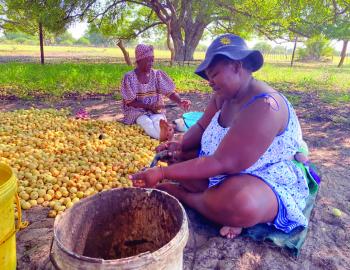Report : Barbados coastal zone protection
Report : Barbados coastal zone protection
Share this:
Resource detail:
Date:
Author:
CDKN Global
Type:
Academic publications
Countries:
Latin America and the Caribbean,
The Caribbean
Themes:
Adaptation and resilience
The aim of the case study was to assess the utility of the Regional Climate Model and Tropical Storm Model in Integrated Coastal Zone Management (ICZM) in Barbados. Projections of wind speed are important in understanding nearshore wave climate, such that coastal climate change adaptation design takes into account the physical parameters in the coastal zone, such as waves and currents. The specific objective was to compare outputs from the Models with those outputs currently used locally in coastal protection, thereby demonstrating the value of the tools to local decision makers.
- A PRECIS Regional Climate Model forced by two Global Climate Models (aenwh and echam5) was used to validate trends in local climate data and to project trends in wind climate via three future scenarios while ‘what if’ scenarios were generated by Tropical Storm Model.
- No major changes were suggested in wind speed and direction for the three scenarios generated by the echam5-driven model while small increases in wind speed and slight changes in wind direction are suggested in the aenwh-driven scenarios.
- While all three storms exhibit the same maximum and minimum wind speeds due to limits set, Katrina displayed the longest persistence of maximum wind speed regardless of category.
- The model outputs can be used by the Coastal Zone Management Unit, Department of Emergency Management, utility companies and other stakeholders to plan for future wind climate and to implement measures to protect life and property
Picture: Roger Meyer



